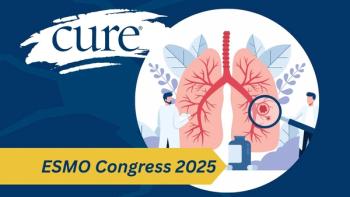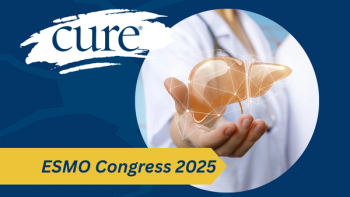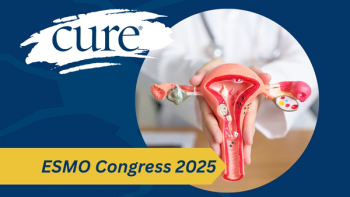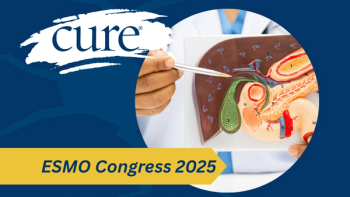
New Approaches Explored at San Antonio Breast Cancer Symposium
CURE Editor-in-Chief Debu Tripathy, MD, blogs on medical issues from SABCS.
The 31st Annual San Antonio Breast Cancer Symposium opened today with a new pre-conference educational session that underlines the theme of this Symposium—multi-disciplinary and translational issues that address the spectrum from research to practice and from breast cancer prevention to treatment of advanced disease.
This is the first year that the American Association of Cancer Research has partnered in putting on the symposium(other partners are the Cancer Therapy and Research Center at the University of Texas Health Science Center at San Antonio and the Baylor College of Medicine). This new partnership will probably create a new flavor—infusing more basic science while preserving interaction between basic scientists and clinicians. Of course, this makes sense since the last decade has brought the clinic and the laboratory closer together.
Does
how
What this means to patients is that new findings in the lab turn into better diagnostic tests and treatments more quickly. The day’s speakers included José Baselga, MD, from Vall d’Hebron University Hospital in Barcelona, Spain, who embodies the translational scientist, and he has developed a series of clinical trials where the questions asked are more than “ the new drug shrink the tumor?”, but rather does the drug work at the cellular level, how might we make it better, and for what tumor subtype will this drug really be effective.This is done through sophisticated studies of tissue and sometimes newer imaging techniques that provide a more complete picture of the drug’s activity.
Presentations of examples of newer targeted drugs using this research model do suggest that we can learn faster with fewer patients in the early trials, and also weed out drugs or combinations that might not be that promising before they enter large-scale trials with hundreds of patients.
Douglas Yee, MD, followed Baselga with a presentation about the theory behind attacking another receptor that is a cousin of the HER2 receptor, the insulin-like growth factor receptor (IGF-1R).While this receptor has been studied for decades in breast cancer, we now know that this receptor interacts with growth pathways in breast cancer.Several drugs that block IGR-1R are entering clinical trials and will probably go through the types of “correlative” studies described earlier.
Carlos Arteaga, MD, amplified more on the signaling networks that cause cells to grow and how mutations and other alterations in cancer that affect these networks remain necessary over the course of the disease.This is good news, because it tells us that a firm understanding of genetic lesions that initiate cancers can still be attacked even as the cancer matures and develops additional mutations.
Anthony Letai, MD, discussed new generations of drugs that augment the natural tendency of aging and damaged cells to die through a process called apoptosis.It turns out that cancer cells have figured out ways to evade apoptosis even though the triggering events, such as radiation, cancer drugs, genetic mutations, and other signs of danger are present.Several “pro-apoptotic” drugs are now entering clinical trials although the first generation of these agents were somewhat disappointing in early phase clinical studies.There are more targeted drugs than ever before that address the many cancer-causing pathways.We can get clues as to which drugs and combinations will be the most successful in the clinic through newer tools in the laboratory, but ultimately, we have to understand the effectiveness and safety by designing human trials and hoping that we put the best agents forward based on lab studies.
U.S.
Canada
Asia
As trials become more complex, we have to use more elegant statistical tools—for example, to make some sense of the data that comes from measuring thousands of genes in the tumors of 20 patients before and after an experimental drug.We must also organize trials that are larger and designed to look at specific patient subsets so that they can be completed more quickly and be more informative.This has required extensions of clinical trial networks in the , , and Europe, and now expanding to Latin America, Eastern Europe, and .Susan Hilsenbeck, PhD, and Martine Piccart, MD, PhD, described the challenges and potential rewards of changes in trial networks, designs, conduct, analysis, and interpretation.The research community, governments, and private companies are beginning to invest in this structure, a critical element for success that is now under threat in today’s turbulent economic atmosphere.
meeting
San Antonio
All this material was packed into a two-hour session, just one sign of the fast-paced days that lie ahead in what I believe to be the biggest and most influential breast cancer in the world.Stay tuned for daily progress and insights from as this year’s story unfolds.
Read more of CURE's coverage of the 31st annual





